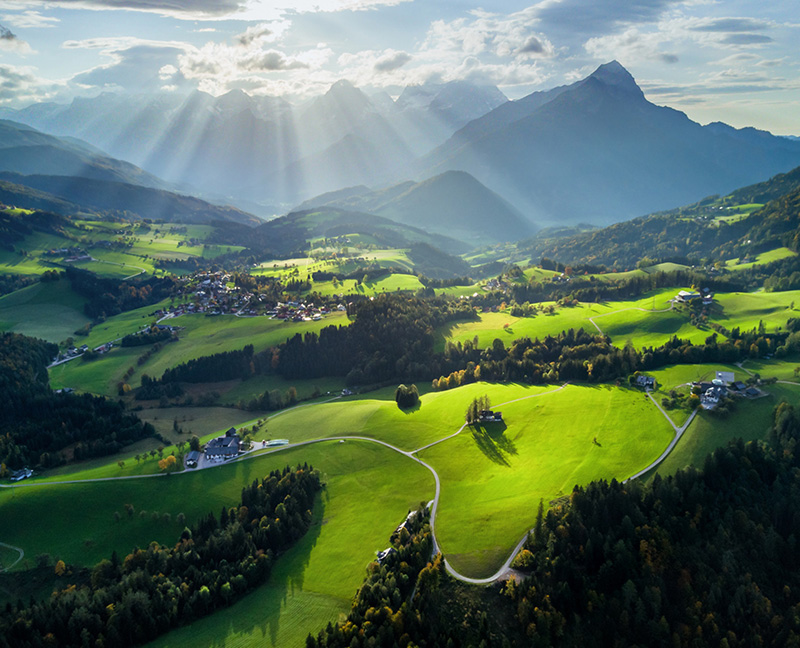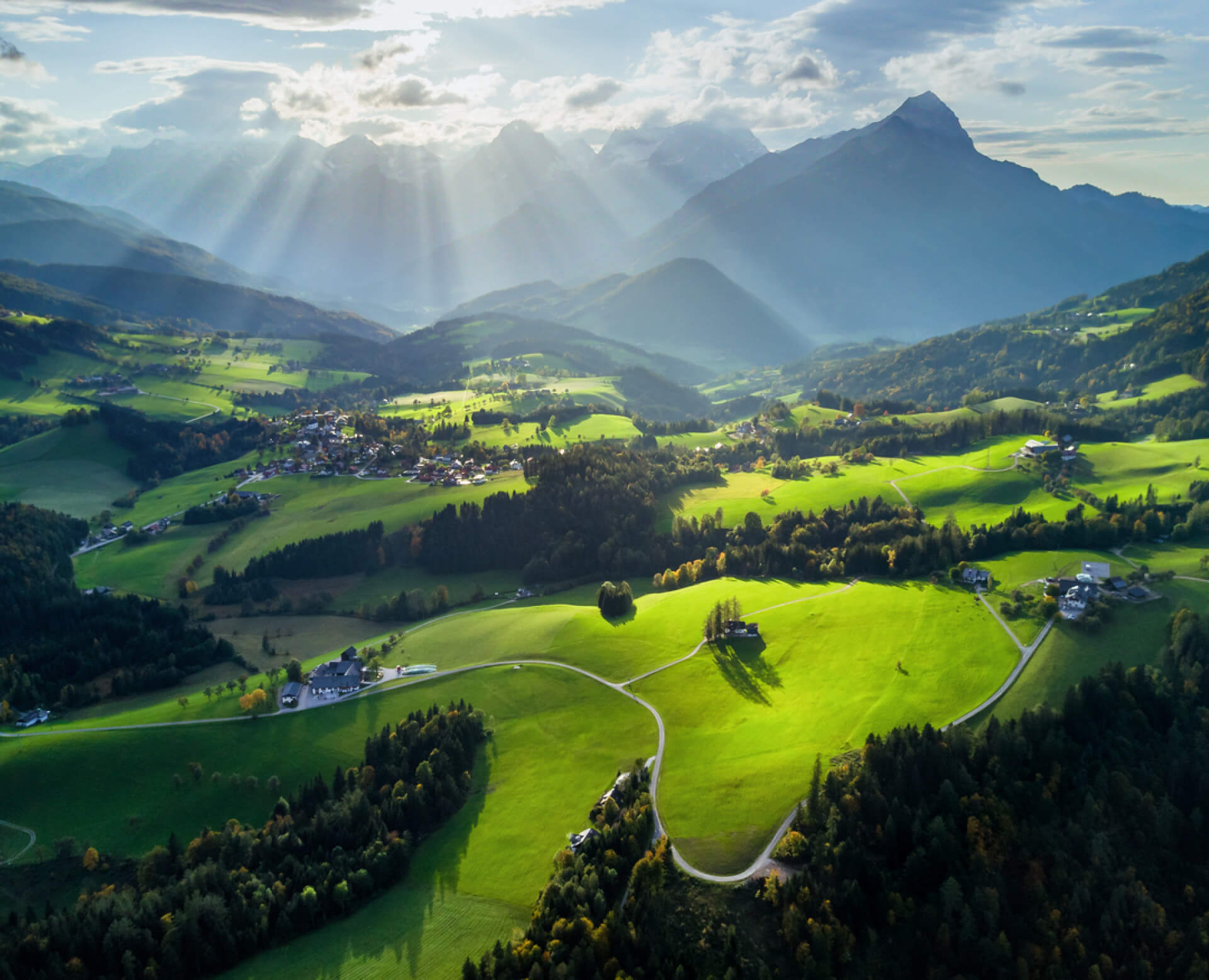 2024-01-29
2024-01-29
Capturing the World From Above
Aerial photography is a technique of capturing photographs from an elevated point of view using unmanned aerial vehicles (UAVs), helicopters, airplanes, drones, FPV or other airborne devices. Over the years, it has gained significant popularity due to its unique ability to capture stunning images and videos from a different perspective. In this article, we will explore the various aspects of aerial photography, its applications, and the benefits it offers.
History and Technology
Aerial photography dates back to the mid-19th century when photographers began experimenting with attaching cameras to hot air balloons and pigeons. Since then, technology has evolved dramatically, and now UAVs, commonly known as drones, have become increasingly popular for capturing aerial shots. Drones equipped with high-resolution cameras and gimbal stabilization systems allow photographers to capture breathtaking images from various angles and altitudes. Moreover, advancements in image processing software have made it easier to edit and enhance these aerial photographs.

Applications of Aerial Photography
Aerial photography has a wide range of applications across various industries. Some of the key areas where aerial photography is extensively used include:
a) Real Estate: Aerial images provide a comprehensive overview of properties, assisting real estate agents and buyers in evaluating properties and their surroundings.
b) Land Surveying and Mapping: Aerial photographs are invaluable in land surveying and mapping projects, enabling professionals to gather accurate topographic data, monitor changes, and create detailed 3D models.
c) Construction and Architecture: Aerial shots help architects, engineers, and construction companies to visualize and plan projects, monitor construction progress, and conduct inspections.

d) Tourism and Hospitality: Aerial images showcase tourist destinations, hotels, resorts, and other attractions, attracting visitors by highlighting the beauty and uniqueness of these locations.
e) Environmental Monitoring: Aerial photography aids in monitoring and managing natural resources, wildlife habitats, and environmental changes, facilitating conservation efforts.
Benefits of Aerial Photography
Aerial photography offers numerous benefits, making it an indispensable tool for many industries:
a) Unique Perspective: Aerial photographs provide a captivating top-down view of landscapes, buildings, and events that cannot be achieved through ground-based photography.
b) Time and Cost Savings: Aerial photography eliminates the need for expensive crane or helicopter rentals, allowing cost-effective observation and documentation of large areas.
c) Safety and Accessibility: Drones provide access to hazardous or hard-to-reach areas without risking human lives, making aerial photography safer and more feasible.
d) Marketing and Promotion: High-quality aerial images attract the attention of potential customers, contributing to effective marketing campaigns for businesses in various sectors.
e) Data Analysis and Decision Making: Aerial photographs can be analyzed to gain valuable insights into traffic patterns, land usage, and other spatial data, aiding in informed decision-making.
Aerial photography has revolutionized the way we capture and view the world. Its applications span across industries, offering unique perspectives, cost savings, and valuable insights. By harnessing the power of aerial images, businesses can attract customers, make informed decisions, and stay ahead of the competition.
